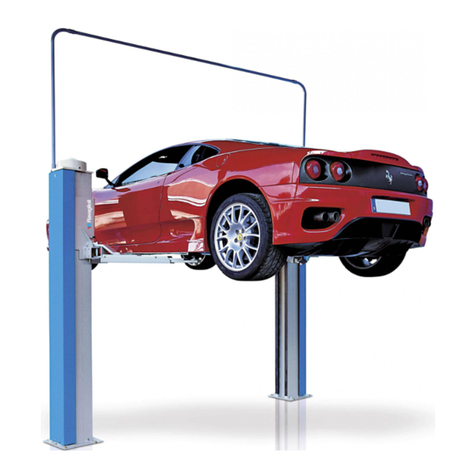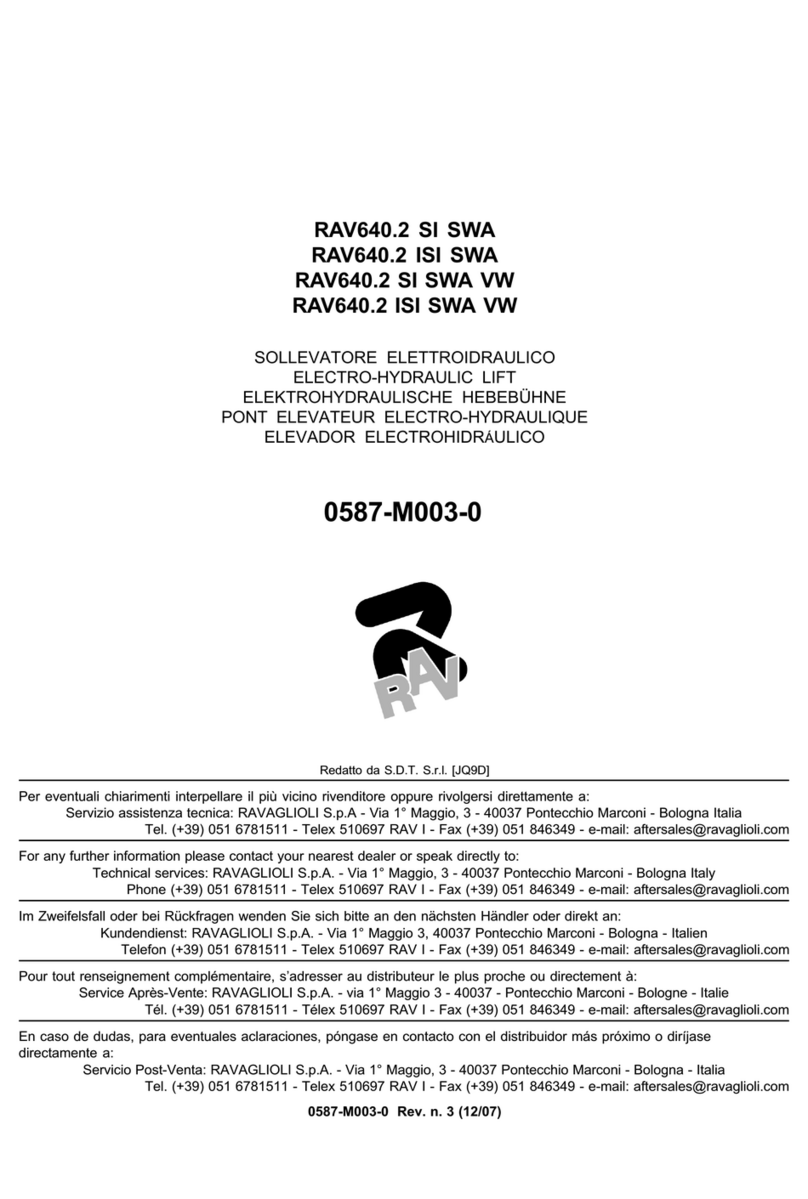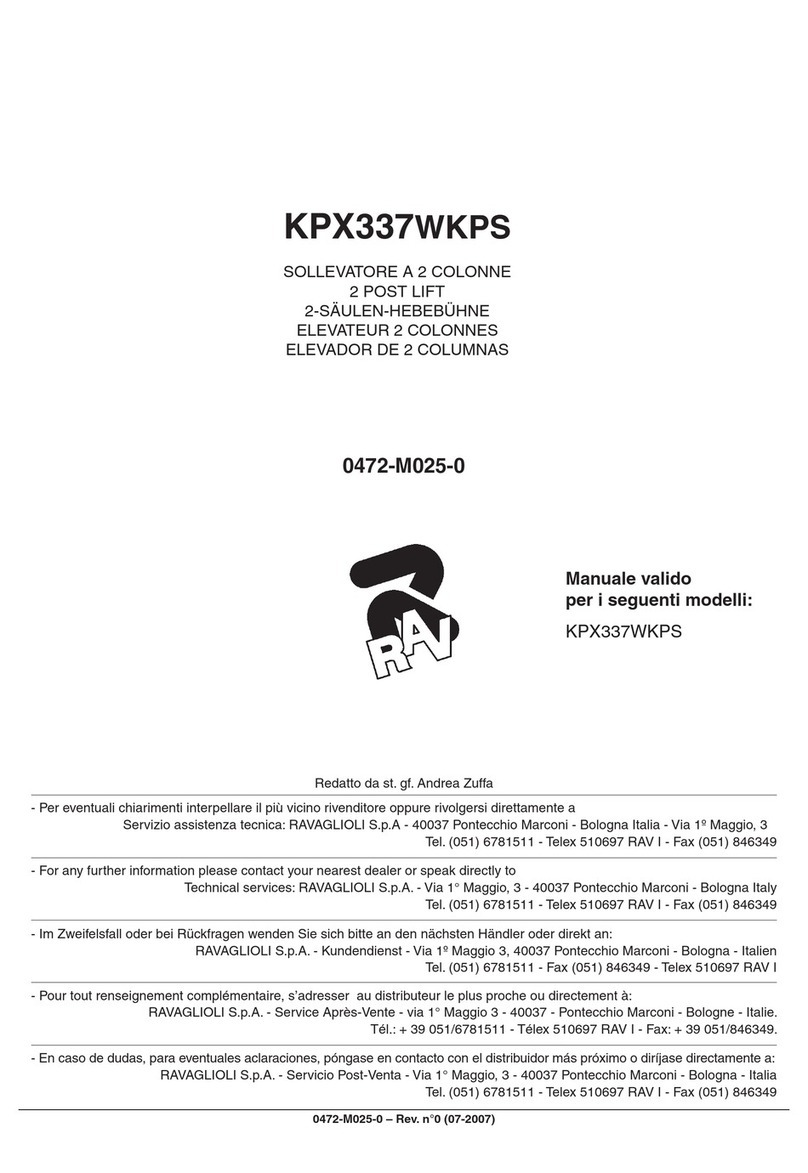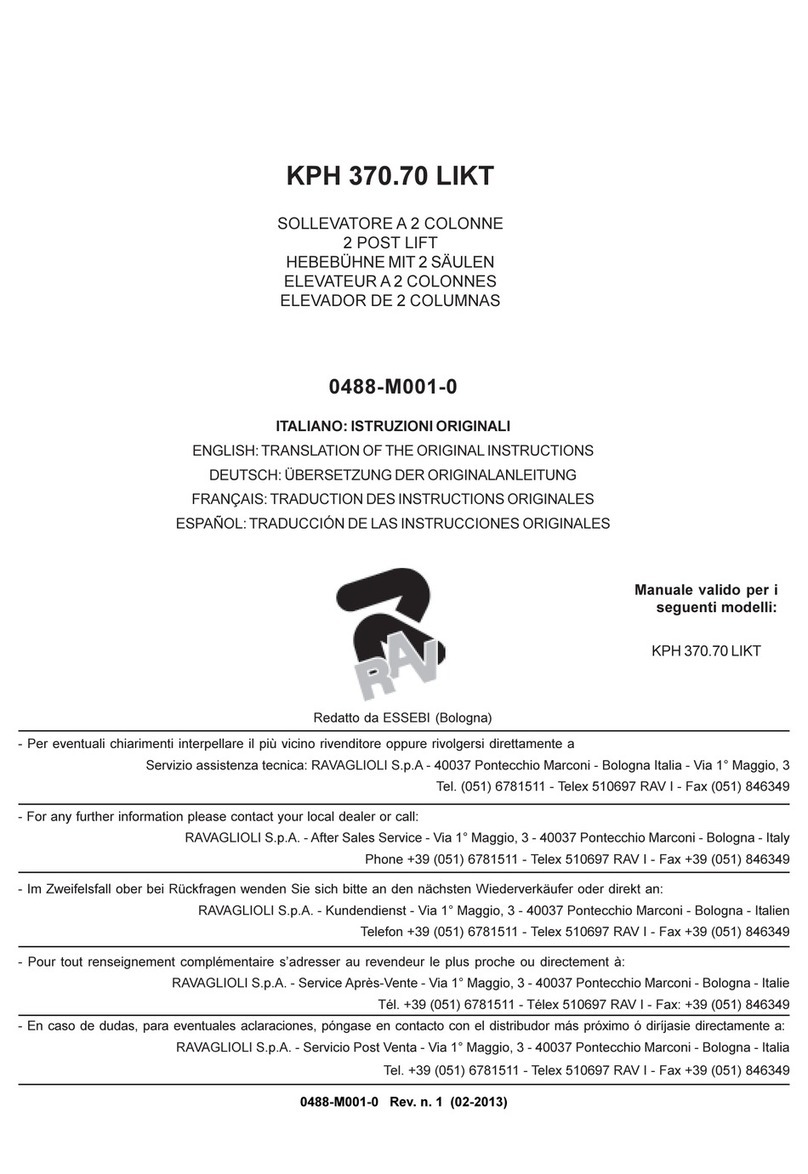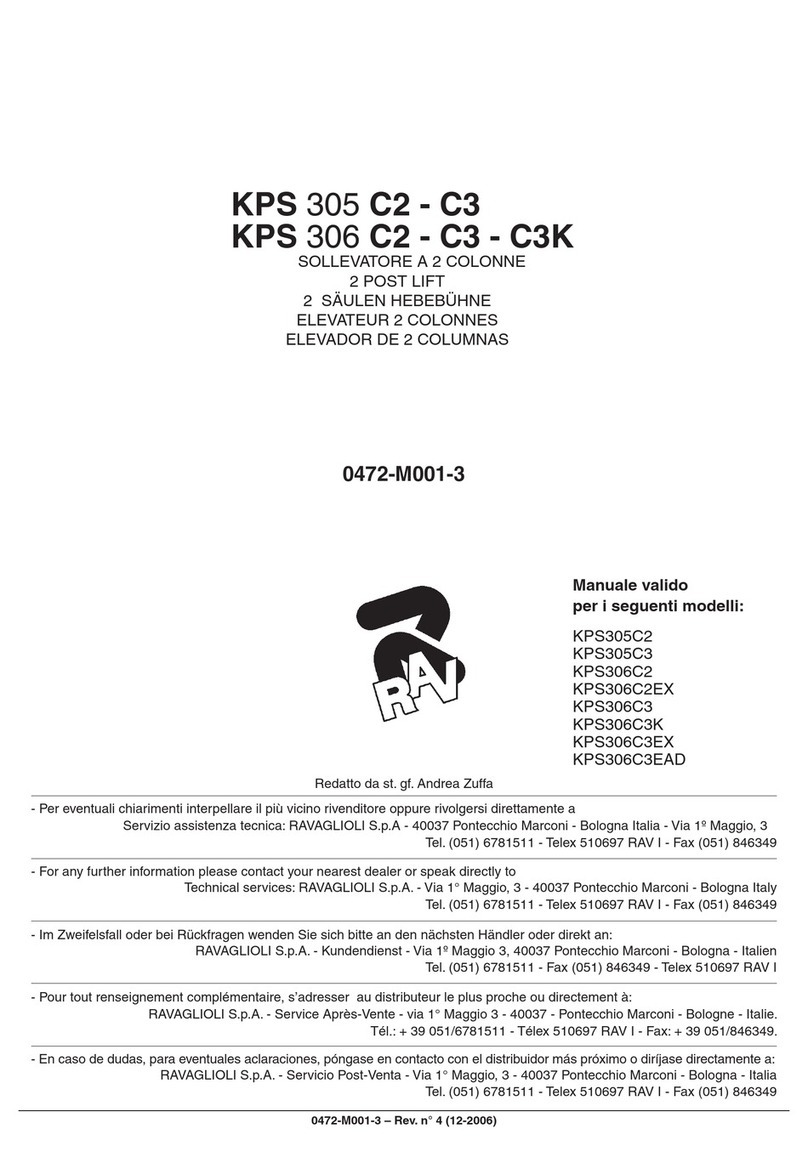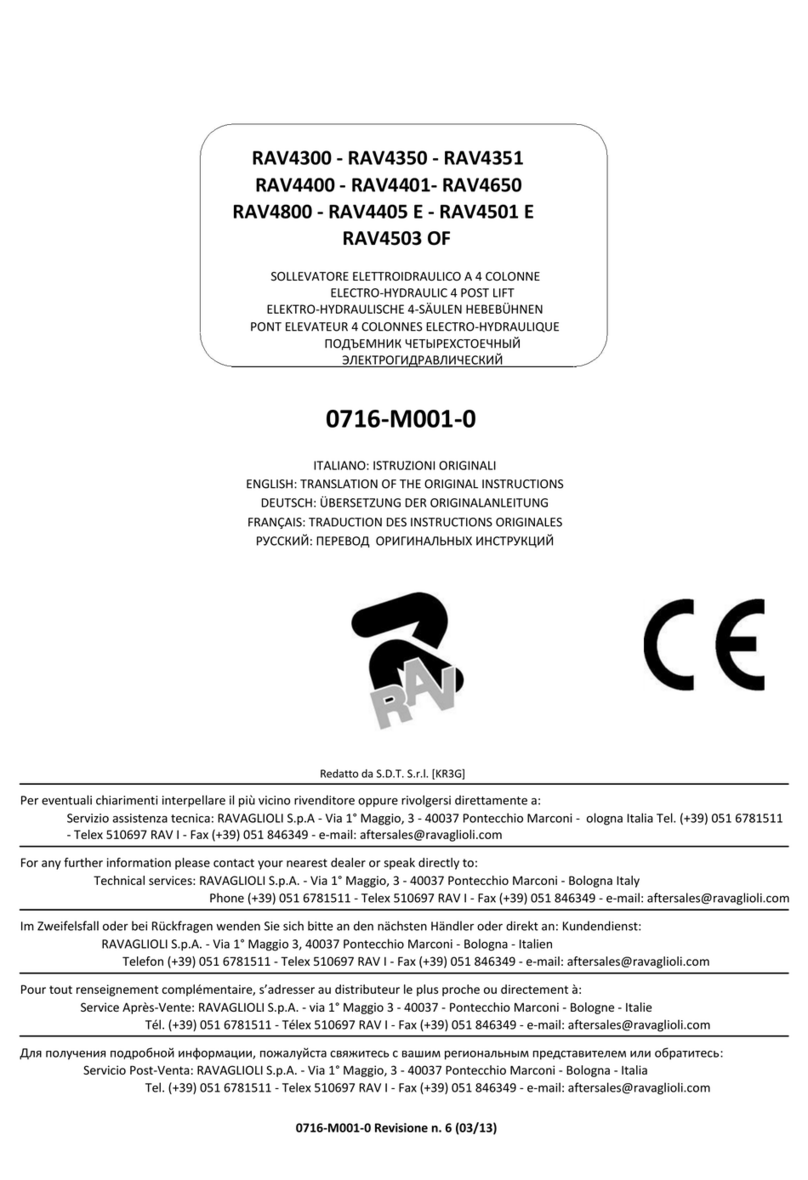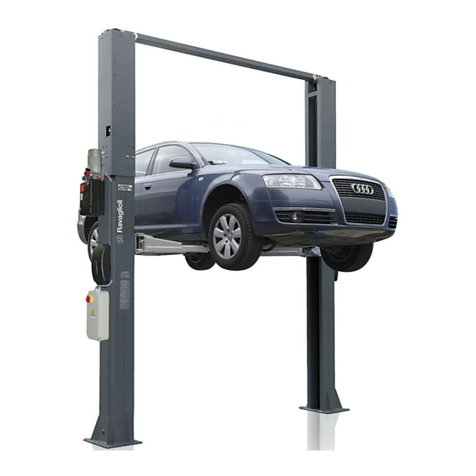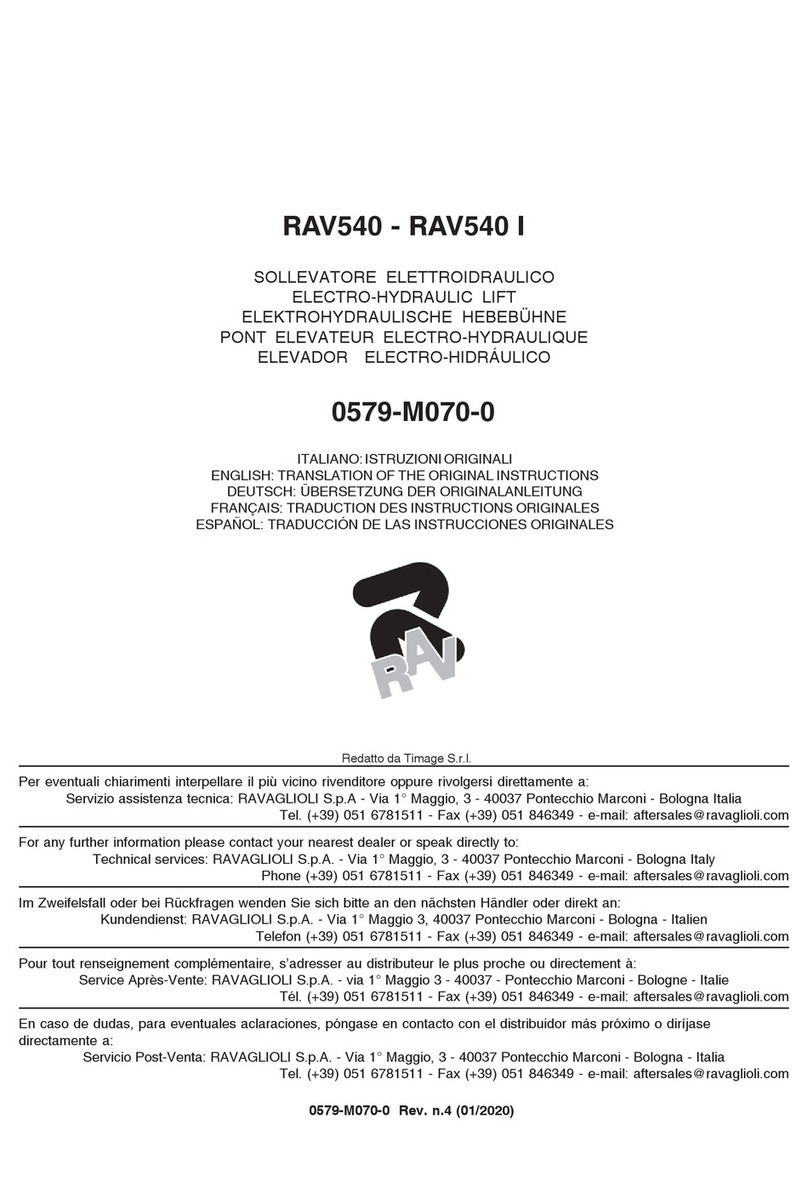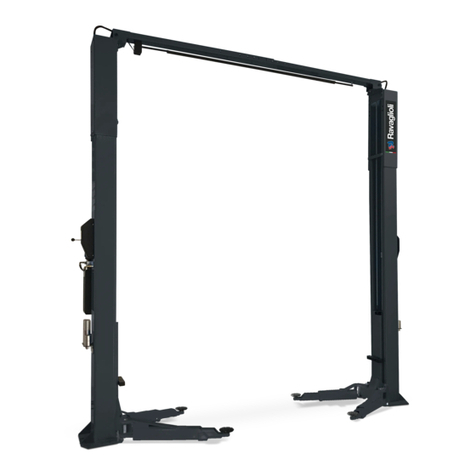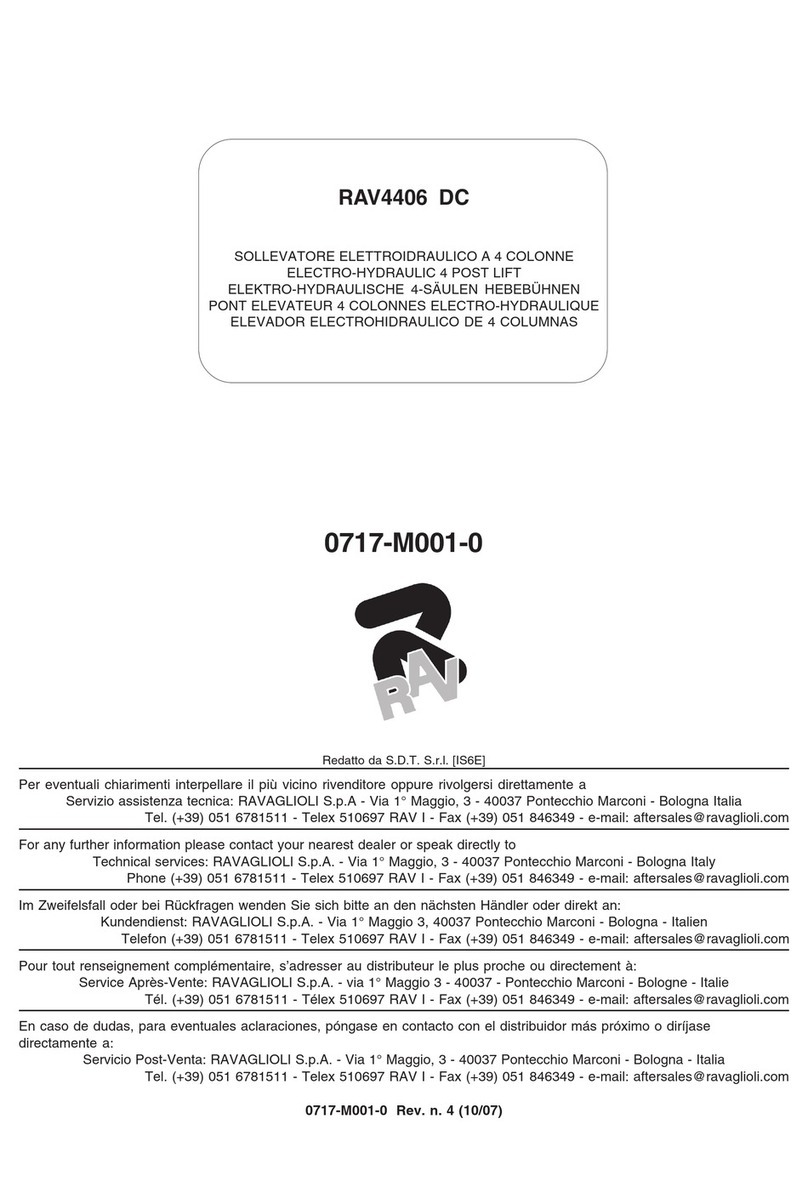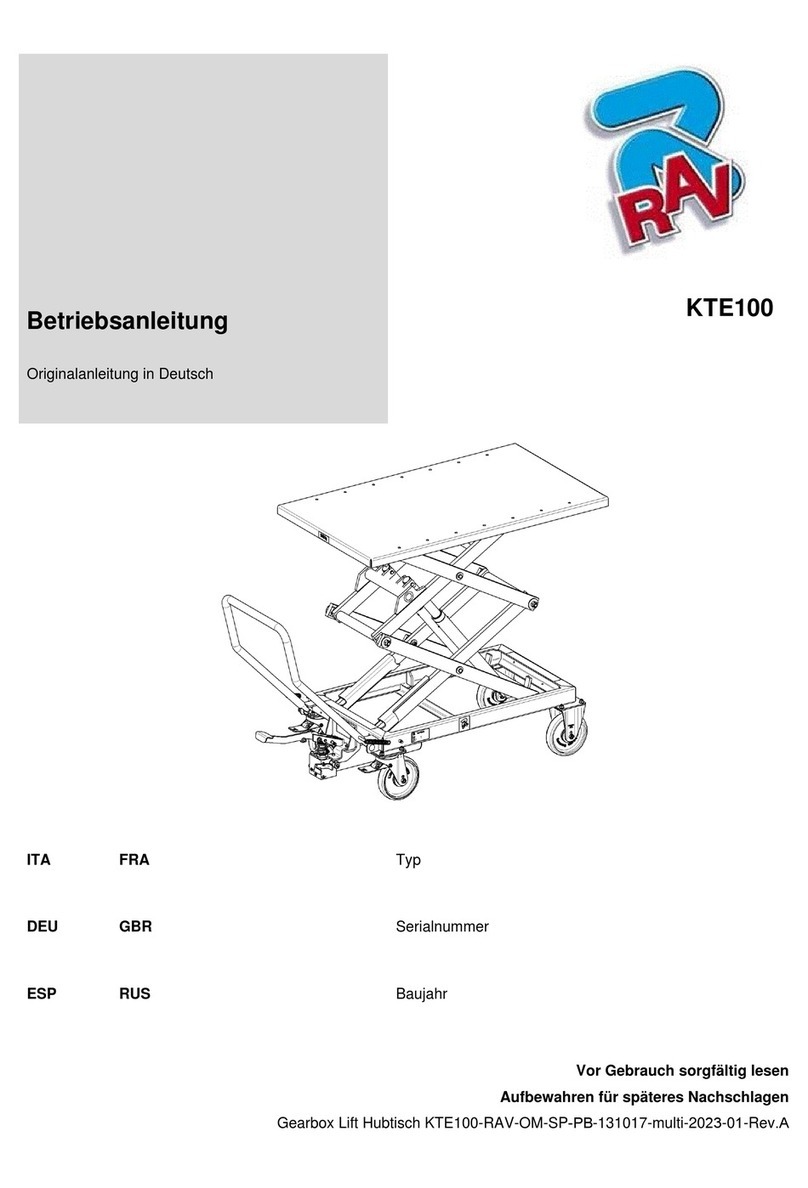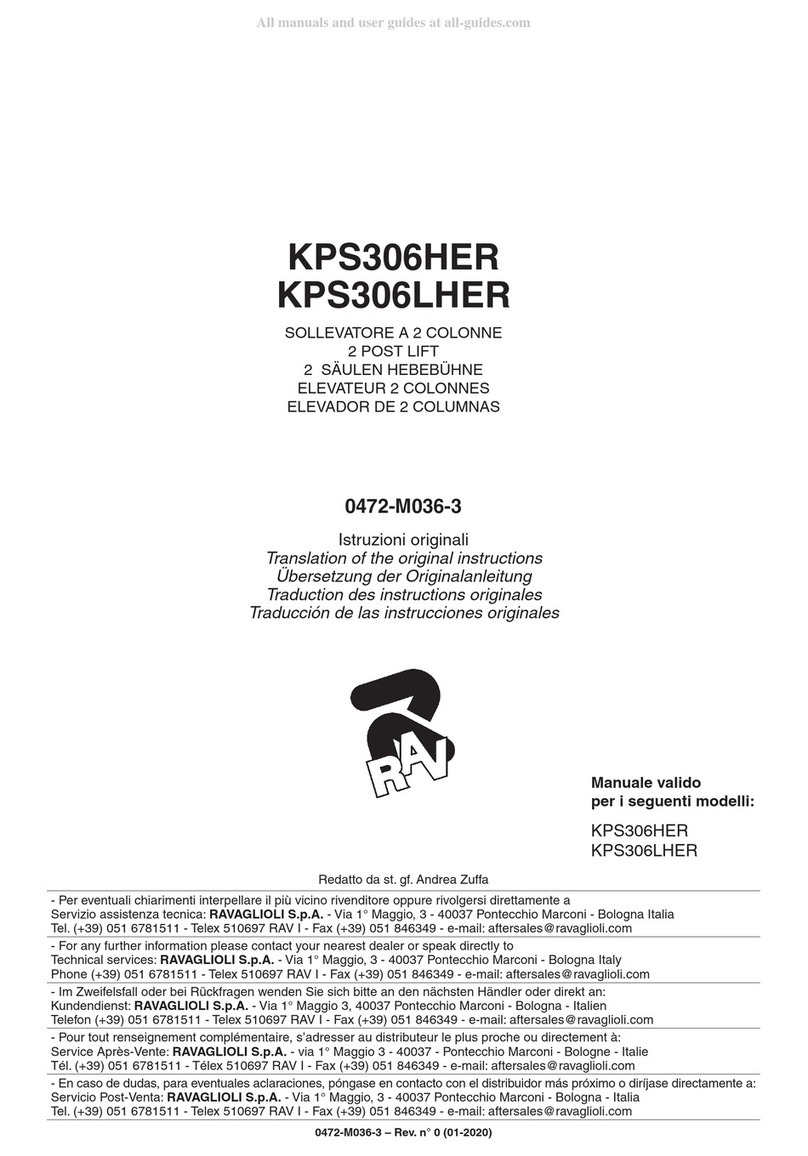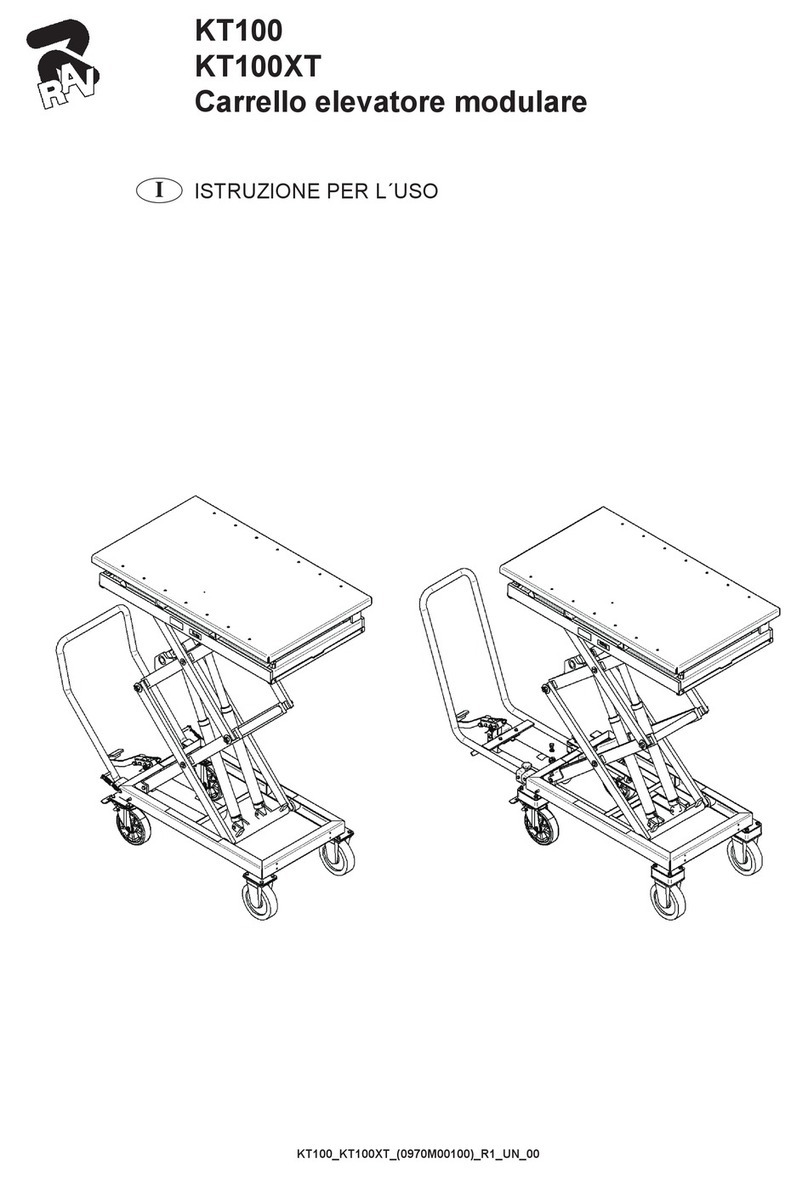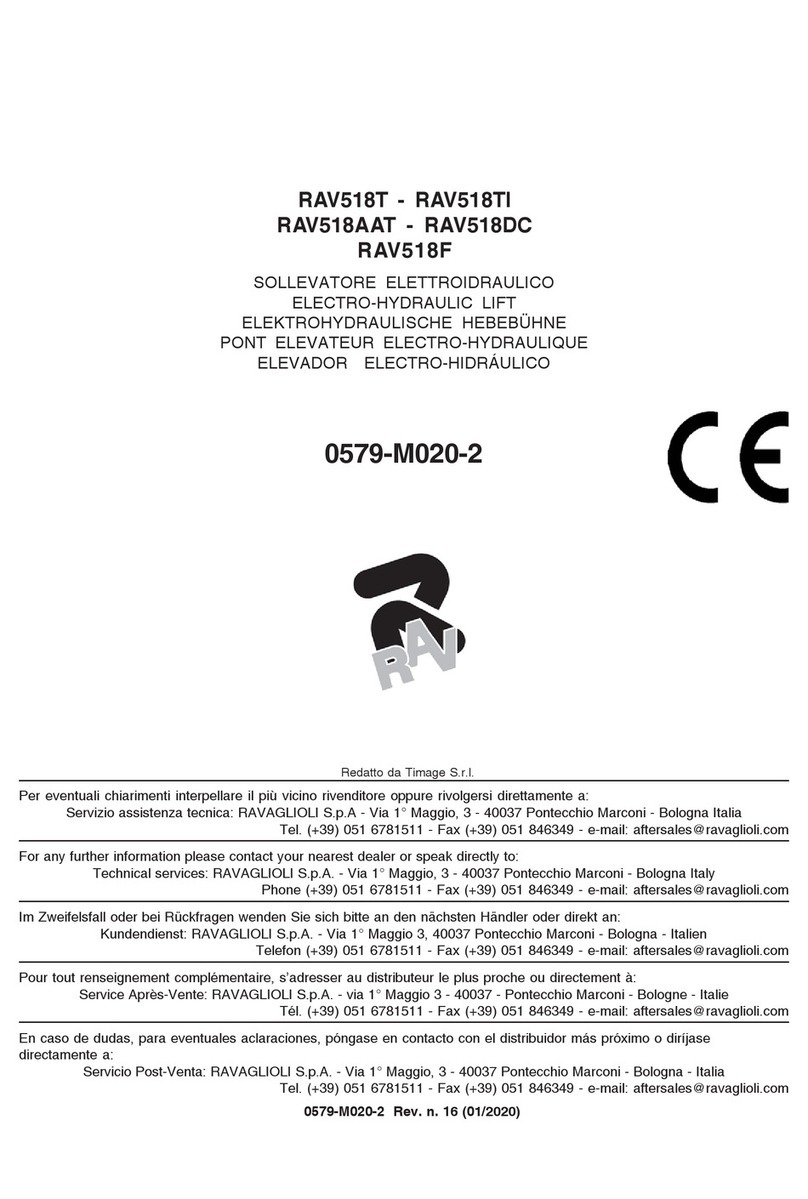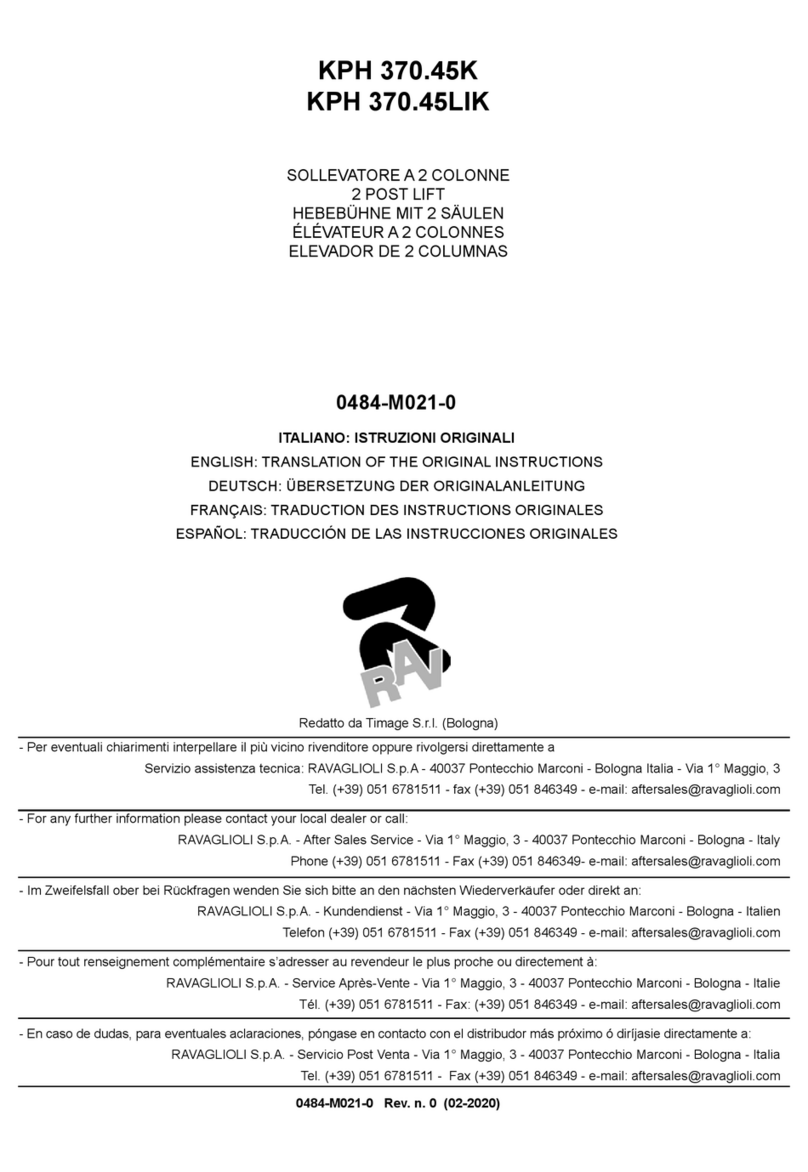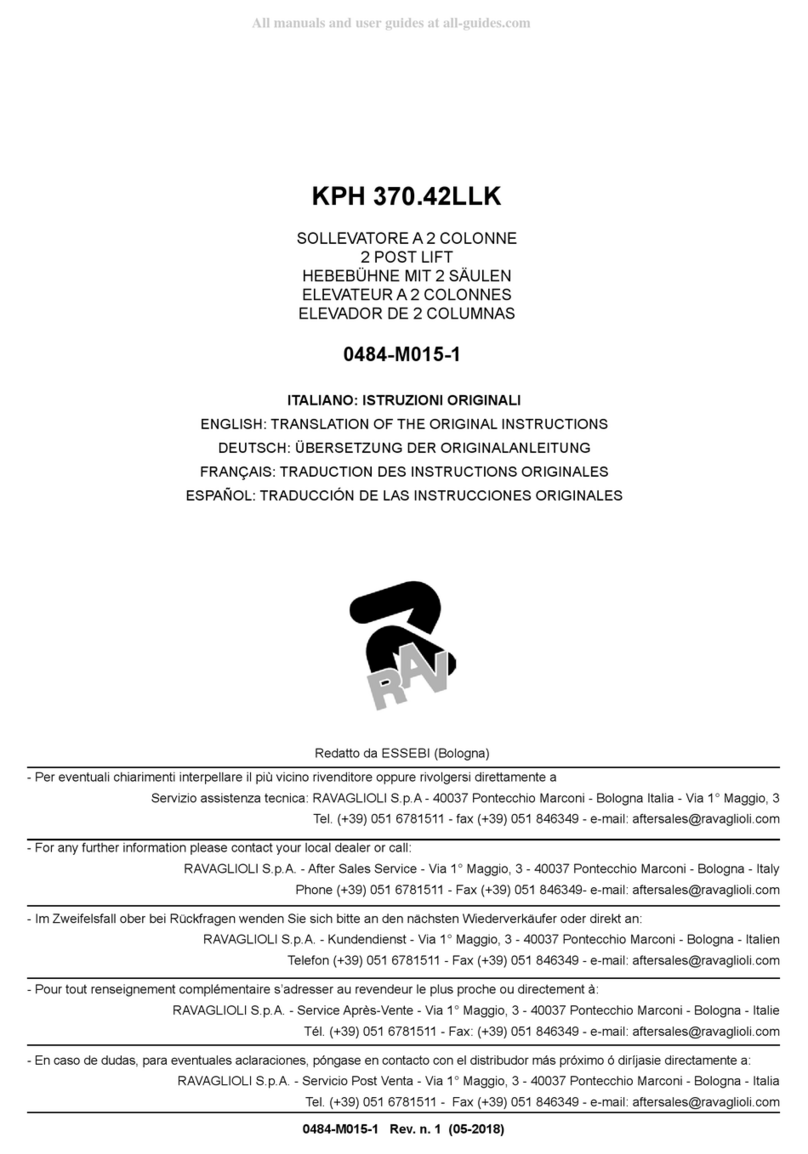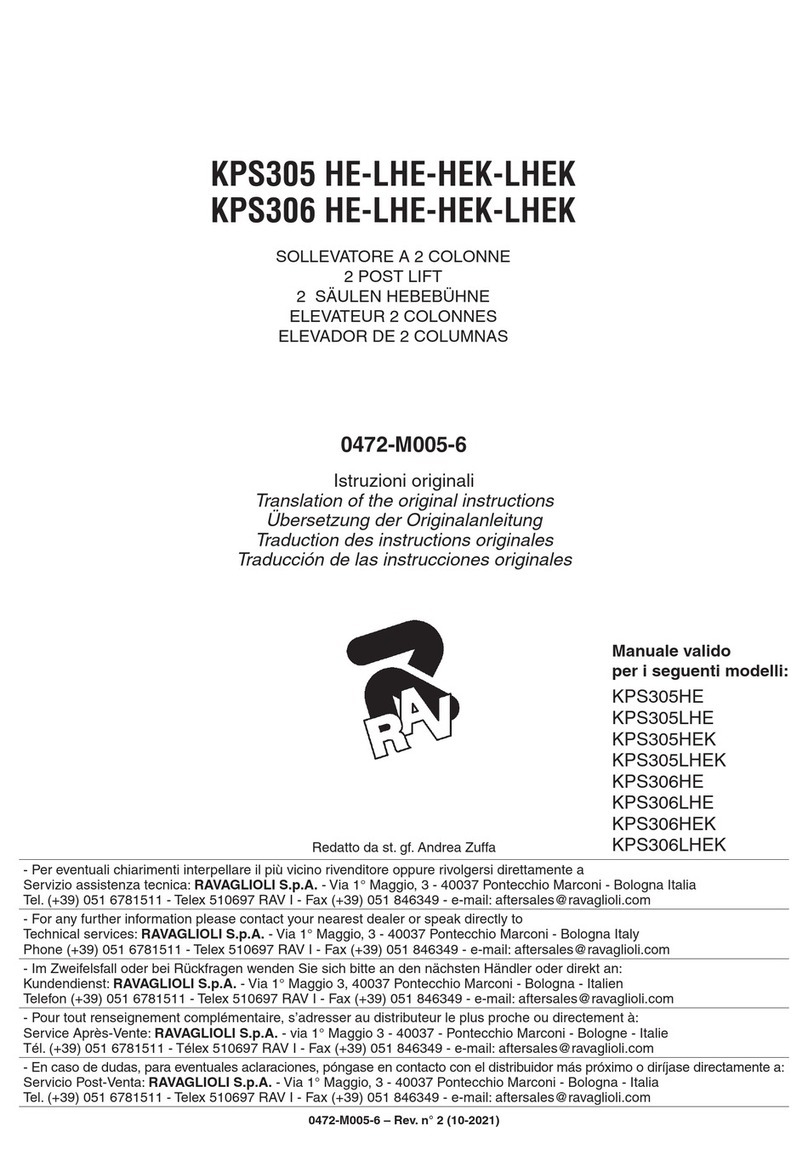
5
0488-M006-0
1234567890123456789012345678901212345678901234567890123456789012123456
1
23456789012345678901234567890121234567890123456789012345678901212345
23456789012345678901234567890121234567890123456789012345678901212345
23456789012345678901234567890121234567890123456789012345678901212345
23456789012345678901234567890121234567890123456789012345678901212345
23456789012345678901234567890121234567890123456789012345678901212345
23456789012345678901234567890121234567890123456789012345678901212345
23456789012345678901234567890121234567890123456789012345678901212345
23456789012345678901234567890121234567890123456789012345678901212345
23456789012345678901234567890121234567890123456789012345678901212345
23456789012345678901234567890121234567890123456789012345678901212345
23456789012345678901234567890121234567890123456789012345678901212345
23456789012345678901234567890121234567890123456789012345678901212345
23456789012345678901234567890121234567890123456789012345678901212345
23456789012345678901234567890121234567890123456789012345678901212345
23456789012345678901234567890121234567890123456789012345678901212345
23456789012345678901234567890121234567890123456789012345678901212345
23456789012345678901234567890121234567890123456789012345678901212345
23456789012345678901234567890121234567890123456789012345678901212345
23456789012345678901234567890121234567890123456789012345678901212345
23456789012345678901234567890121234567890123456789012345678901212345
23456789012345678901234567890121234567890123456789012345678901212345
23456789012345678901234567890121234567890123456789012345678901212345
23456789012345678901234567890121234567890123456789012345678901212345
23456789012345678901234567890121234567890123456789012345678901212345
23456789012345678901234567890121234567890123456789012345678901212345
23456789012345678901234567890121234567890123456789012345678901212345
23456789012345678901234567890121234567890123456789012345678901212345
23456789012345678901234567890121234567890123456789012345678901212345
23456789012345678901234567890121234567890123456789012345678901212345
23456789012345678901234567890121234567890123456789012345678901212345
23456789012345678901234567890121234567890123456789012345678901212345
23456789012345678901234567890121234567890123456789012345678901212345
23456789012345678901234567890121234567890123456789012345678901212345
23456789012345678901234567890121234567890123456789012345678901212345
23456789012345678901234567890121234567890123456789012345678901212345
23456789012345678901234567890121234567890123456789012345678901212345
23456789012345678901234567890121234567890123456789012345678901212345
23456789012345678901234567890121234567890123456789012345678901212345
23456789012345678901234567890121234567890123456789012345678901212345
23456789012345678901234567890121234567890123456789012345678901212345
23456789012345678901234567890121234567890123456789012345678901212345
23456789012345678901234567890121234567890123456789012345678901212345
23456789012345678901234567890121234567890123456789012345678901212345
23456789012345678901234567890121234567890123456789012345678901212345
23456789012345678901234567890121234567890123456789012345678901212345
23456789012345678901234567890121234567890123456789012345678901212345
23456789012345678901234567890121234567890123456789012345678901212345
23456789012345678901234567890121234567890123456789012345678901212345
23456789012345678901234567890121234567890123456789012345678901212345
23456789012345678901234567890121234567890123456789012345678901212345
23456789012345678901234567890121234567890123456789012345678901212345
23456789012345678901234567890121234567890123456789012345678901212345
23456789012345678901234567890121234567890123456789012345678901212345
23456789012345678901234567890121234567890123456789012345678901212345
23456789012345678901234567890121234567890123456789012345678901212345
23456789012345678901234567890121234567890123456789012345678901212345
23456789012345678901234567890121234567890123456789012345678901212345
23456789012345678901234567890121234567890123456789012345678901212345
23456789012345678901234567890121234567890123456789012345678901212345
23456789012345678901234567890121234567890123456789012345678901212345
23456789012345678901234567890121234567890123456789012345678901212345
23456789012345678901234567890121234567890123456789012345678901212345
23456789012345678901234567890121234567890123456789012345678901212345
23456789012345678901234567890121234567890123456789012345678901212345
23456789012345678901234567890121234567890123456789012345678901212345
23456789012345678901234567890121234567890123456789012345678901212345
23456789012345678901234567890121234567890123456789012345678901212345
23456789012345678901234567890121234567890123456789012345678901212345
23456789012345678901234567890121234567890123456789012345678901212345
23456789012345678901234567890121234567890123456789012345678901212345
23456789012345678901234567890121234567890123456789012345678901212345
23456789012345678901234567890121234567890123456789012345678901212345
23456789012345678901234567890121234567890123456789012345678901212345
23456789012345678901234567890121234567890123456789012345678901212345
23456789012345678901234567890121234567890123456789012345678901212345
23456789012345678901234567890121234567890123456789012345678901212345
23456789012345678901234567890121234567890123456789012345678901212345
23456789012345678901234567890121234567890123456789012345678901212345
23456789012345678901234567890121234567890123456789012345678901212345
23456789012345678901234567890121234567890123456789012345678901212345
23456789012345678901234567890121234567890123456789012345678901212345
23456789012345678901234567890121234567890123456789012345678901212345
23456789012345678901234567890121234567890123456789012345678901212345
23456789012345678901234567890121234567890123456789012345678901212345
23456789012345678901234567890121234567890123456789012345678901212345
23456789012345678901234567890121234567890123456789012345678901212345
23456789012345678901234567890121234567890123456789012345678901212345
23456789012345678901234567890121234567890123456789012345678901212345
23456789012345678901234567890121234567890123456789012345678901212345
23456789012345678901234567890121234567890123456789012345678901212345
23456789012345678901234567890121234567890123456789012345678901212345
23456789012345678901234567890121234567890123456789012345678901212345
6
1234567890123456789012345678901212345678901234567890123456789012123456
COMPOSIZIONE DEL MANUALE
78 pagine (comprese le copertine)
I
THIS MANUAL CONSISTS OF
78 pages (covers included)
ZUSAMMENSETZUNG DER ANLEITUNG
78 Seiten (inkl. Deckblätter)
COMPOSICIÓN DEL MANUAL
78 páginas (incluidas las portadas)
COMPOSITION DU MANUEL
78 pages (y compris les couvertures)
INDICE
INDEX
4.2 MANDOS DEL ELEVADOR
4.3 APTITUD PARA EL EMPLEO
5. COMPROBACIÓN DE LA EXISTENCIA DE
LOS REQUISITOS MÍNIMOS REQUERIDOS
PARA EL SITIO DE LA INSTALACIÓN
6. INSTRUCCIONES PARA LA INSTALACIÓN
6.1 REQUISITOS PARA LA INSTALACIÓN
6.2 COMPONENTES Y ACCESORIOS DE
INSTALACIÓN
6.3 INSTRUCCIONES DE INSTALACIÓN
6.4 CONTROL DE TENSIÓN
6.5 ENLACE A LA RED
6.6 CONTROL CORRECTA SECUENCIA
FASES
6.7 TERMINACIÓN DE LA INSTALACIÓN Y
CONTROL
6.8 BLOQUEO BRAZO
6.9 CONTROL NIVEL ACEITE
6.10 DESMONTAJE
6.11 SALIDA DEL AIRE DEL SISTEMA
HIDRÁULICO
7. INSTRUCCIONES PARA EL USO DEL
ELEVADOR
7.1 USO IMPROPIO DEL ELEVADOR
7.2 USO DE ACCESORIOS
7.3 FORMACIÓN DEL PERSONAL
AUTORIZADO
7.4 PRECAUCIONES DURANTE EL USO
7.5 IDENTIFICACIÓN DE LOS MANDOS
Y SUS FUNCIONES
7.6 PROCEDIMIENTO DE EMERGENCIA:
DESCENSO EN AUSENCIA DE
TENSIÓN
8. INCONVENIENTES
9. MANTENIMIENTO
9.1 GUÍAS DESLIZANTES
9.2 CABLES Y POLEAS
9.3 CONTROL NIVEL
9.4 CONTROL PALANCA ROTATORIA
10. DESUSO
10.1 REDUCCIÓN A RESIDUOS
11. ESQUEMA ELECTRICO
12. INSTALACIÓN HIDRÁULICA
DATOS DE IDENTIFICACION DE LA
MAQUINA
TABLAS DE LAS PIEZAS DE REPUESTO
4.1 PRINCIPALES CARACTÉRISTIQUES
TECHNIQUES
4.2 COMMANDES DU PONT ÉLÉVATEUR
4.3 APTITUDE À LEMPLOI
5. VERIFICATION DES CARACTERISTIQUES
MINIMES DINSTALLATION
6. INSTRUCTIONS POUR LINSTALLATION
6.1 CONDITIONS REQUISES POUR
LINSTALLATION
6.2 DÉPLACEMENT ET PRÉ-INSTALLATION
6.3 INSTRUCTIONS DE MONTAGE
6.4 CONTRÔLE DE LA TENSION
6.5 CONNEXION AU RÉSEAU
6.6 VÉRIFI CATION SÉQUENCE PHASES
6.7 COMPLÈTEMENT DE LINSTALLATION ET
CONTRÔLE
6.8 BLOCAGE DU BRA
6.9 CONTRÔLE DU NIVEAU DHUILE
6.10 DÉMONTAGE
6.11EXPULSER LAIR DU CIRCUIT HYDRAULIQUE
7. MODE DEMPLOI DU PONT ELEVATEUR
7.1 UTILISATION INCORRECTE DU PONT
ÉLÉVATEUR
7.2 UTILISATION DACCESSOIRES
7.3 FORMATION DU PERSONNEL
PRÉPOSÉ
7.4 PRÉCAUTIONS POUR LEMPLOI
7.5 IDENTIFICATION ET FONCTION DES
COMMANDES
7.6 PROCEDURE DE SECOURS:
DESCENTE EN CAS DABSENCE DE
TENSION
8. PANNES EVENTUELLES
9. ENTRETIEN
9.1 GLISSIÈRES
9.2 CÂBLES ET POULIES
9.3 CONTRÔLE NIVEAU
9.4 CONTRÔLE MARTELETS
10. STOCKAGE
10.1 MISE À LA FERRAILLE
11. INSTALLATION ÈLECTRIQUE
12. INSTALLATION HYDRAULIQUE
DONNÉES DIDENTIFICATION DE LA
MACHINE
PLANCHES DES PIECES DE RECHANGE
0. NORMES GENERALES DE SECURITÈ
1. DISPOSITIFS DE SECURITE
1.1 INTERRUPTEUR PRINCIPAL
VERROUILLABLE
1.2 SYSTÈME DE SÉCURITÉ HOMME
MORT
1.3 DISPOSITIF DE SÉCURITÉ CONTRE LA
DESCENTE ACCIDENTELLE
1.4 DISPOSITIF CONTRE LES SURCHARGES
ÉLECTRIQUES
1.5 VANNE DE SÉCURITÉ CONTRE LES
SURCHARGES
1.6 DISPOSITIF DE PROTECTION CONTRE
LA ROTATION DES BRAS
1.7 INFORMATIONS SUR LES RISQUES
RÉSIDUELS
1.8 PICTOGRAMMES PRÉSENTS SUR
LÉLÉVATEUR
2. DESTINATION DUSAGE
3. DONNEES TECHNIQUES
3.1 DÉPLACEMENT ET PRÉ-INSTALLATION
4. DESCRIPTION DU PONT ELEVATEUR
0. NORMAS GENERALES DE SEGURIDAD
1. DISPOSITIVOS DE SEGURIDAD
1.1 INTERRUPTOR GENERAL BAJO CANDADO
1.2 SISTEMA HOMBRE MUERTO
1.3 DISPOSITIVO CONTRA EL DESCENSO
ACCIDENTAL
1.4 DISPOSITIVO CONTRA LAS SOBRECARGAS
ELÉCTRICAS
1.5 VÁLVULA DE SEGURIDAD CONTRA
LAS SOBRECARGAS
1.6 DISPOSITIVO ANTIRROTACIÓN DE
LOS BRAZOS
1.7 INDICACIONES DE LOS RIESGOS
RESIDUOS
1.8 PICTOGRAMAS EN EL ELEVADOR
2. DESTINACIÓN DE USO
3. DATOS TÉCNICOS
3.1 DESPLAZAMIENTO Y PREINSTALACIÓN
4. DESCRIPCIÓN DEL ELEVADOR
4.1 CARACTERISTICAS TÉCNICAS
PRINCIPALES












